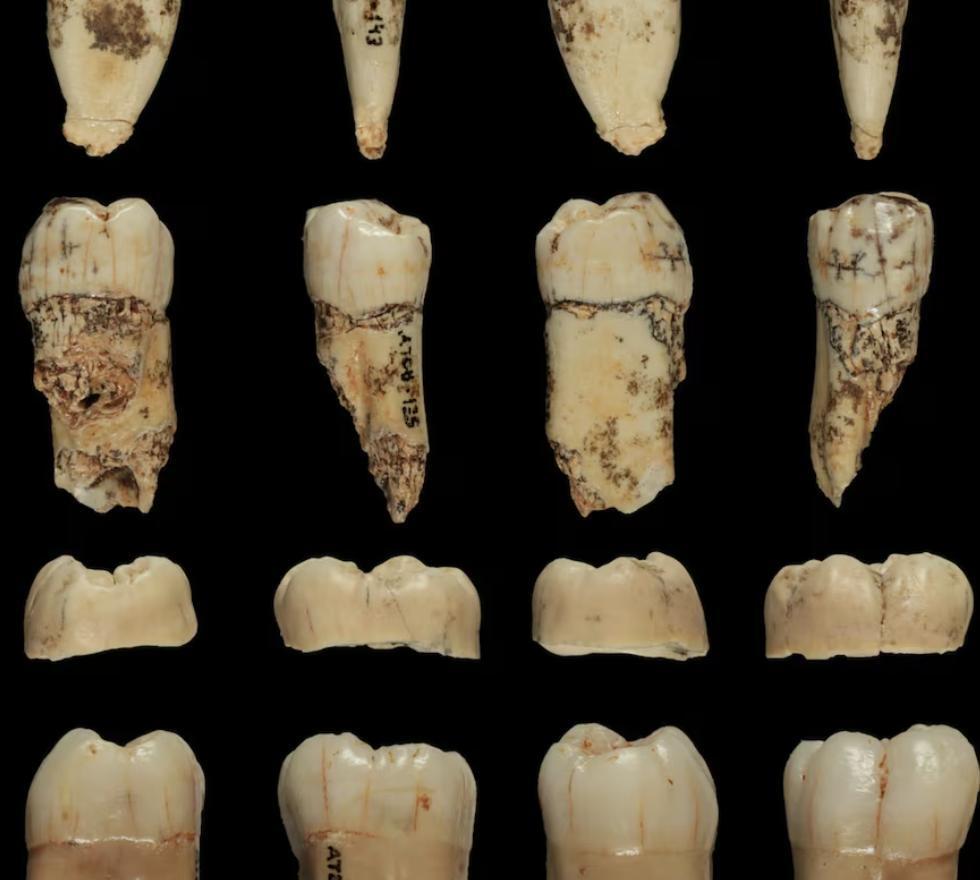
Study Finds 4,000-Year-Old Human Teeth with Traces of Betel Nut
For centuries, betel nut has been a staple in many Southeast Asian cultures, with its use dating back thousands of years. Recently, a team of researchers made a groundbreaking discovery that sheds light on the earliest recorded use of betel nut in the region. In a study published in the journal Environmental Archaeology, scientists analyzed 36 plaque samples from six individuals buried at a site in Thailand and found evidence of betel nut use dating back approximately 4,000 years.
The discovery is significant not only because of its age but also because it provides direct evidence of betel nut’s use in Southeast Asia, filling a gap in the historical record. According to the study’s senior author, the findings suggest that the use of betel nut in the region may have been more widespread than previously thought.
Betel nut, also known as Areca catechu, is a seed that contains the psychoactive alkaloids arecoline and arecaidine. These compounds are responsible for the stimulating effects and addictive properties associated with betel nut. In Southeast Asia, betel nut is commonly chewed or consumed as a paste, often mixed with other ingredients like slaked lime and tobacco.
The researchers behind the study, led by Professor Thongcharoen from the University of Thailand, used a technique called stable isotope analysis to analyze the plaque samples. This method involves measuring the levels of certain isotopes, such as carbon and nitrogen, in the plaque to determine the diet and environmental conditions of the individuals.
The team analyzed the plaque samples from six individuals buried at the Ban Lum Khao site in Thailand, which dates back to the Ban Chiang culture period (around 2000-1500 BCE). The results showed that 35 out of the 36 plaque samples contained evidence of arecoline and arecaidine, the chemical compounds found in betel nut.
The study’s findings are significant because they provide direct evidence of betel nut use in Southeast Asia, filling a gap in the historical record. Previous studies have suggested that betel nut may have been used in the region as early as 2,000 years ago, but the new findings push that date back by at least 1,000 years.
The discovery of betel nut use in ancient Thailand also raises questions about the cultural and social significance of the substance in the region. While betel nut is often associated with social gatherings and communal activities, its use has also been linked to addiction and health problems.
The study’s senior author noted that the findings suggest that the use of betel nut may have been more widespread than previously thought, and that it may have played a significant role in the social and cultural practices of ancient Southeast Asian societies.
The discovery of 4,000-year-old human teeth with traces of betel nut is not only a significant find for archaeologists but also for anthropologists and historians. It provides a unique window into the lives of ancient people and offers insights into their social, cultural, and economic practices.
In conclusion, the study’s findings are a significant discovery that sheds light on the earliest recorded use of betel nut in Southeast Asia. The analysis of 36 plaque samples from six individuals buried at a site in Thailand has provided direct evidence of betel nut use dating back approximately 4,000 years. The discovery is a testament to the importance of interdisciplinary research and highlights the potential for new insights into the lives of ancient people.






